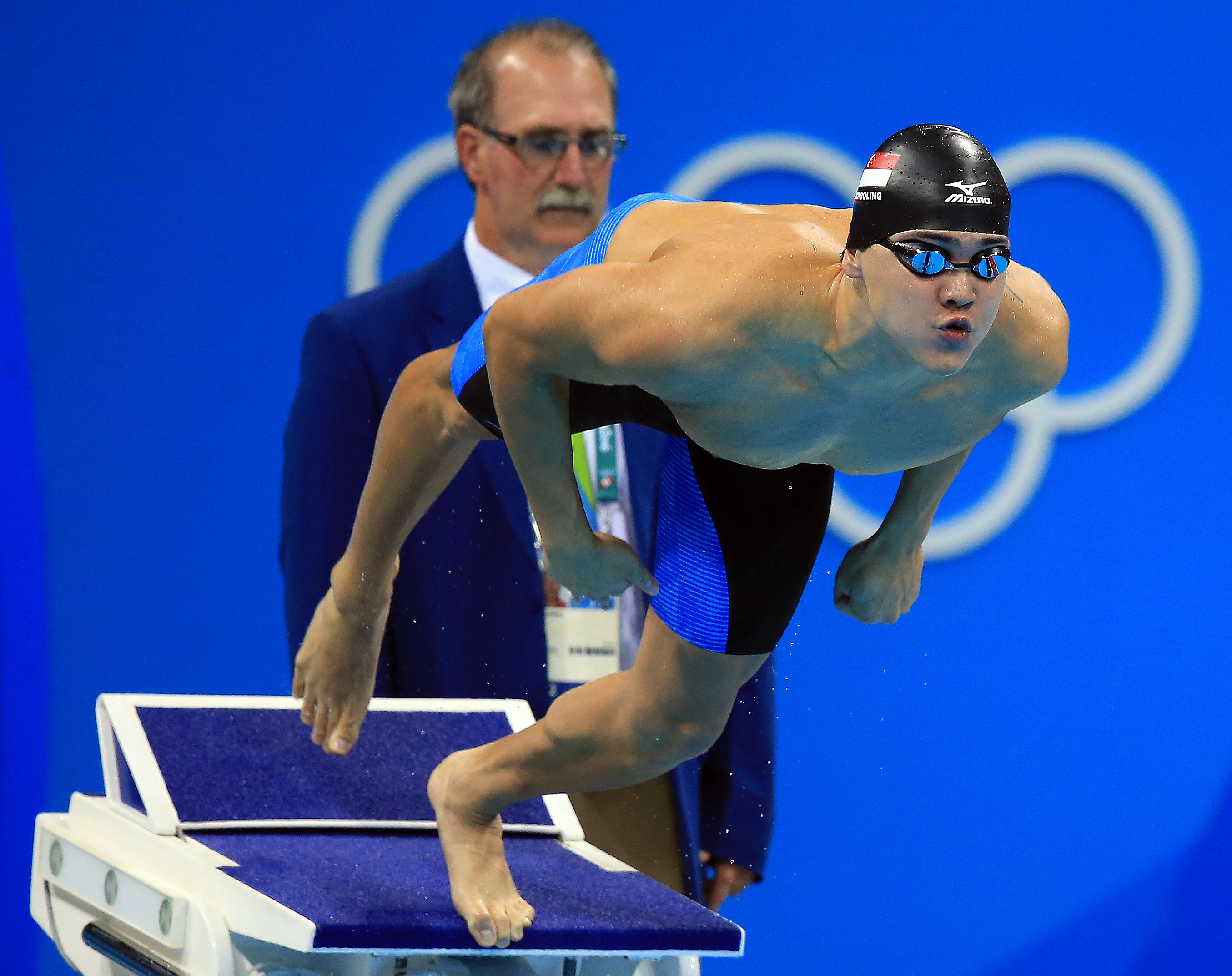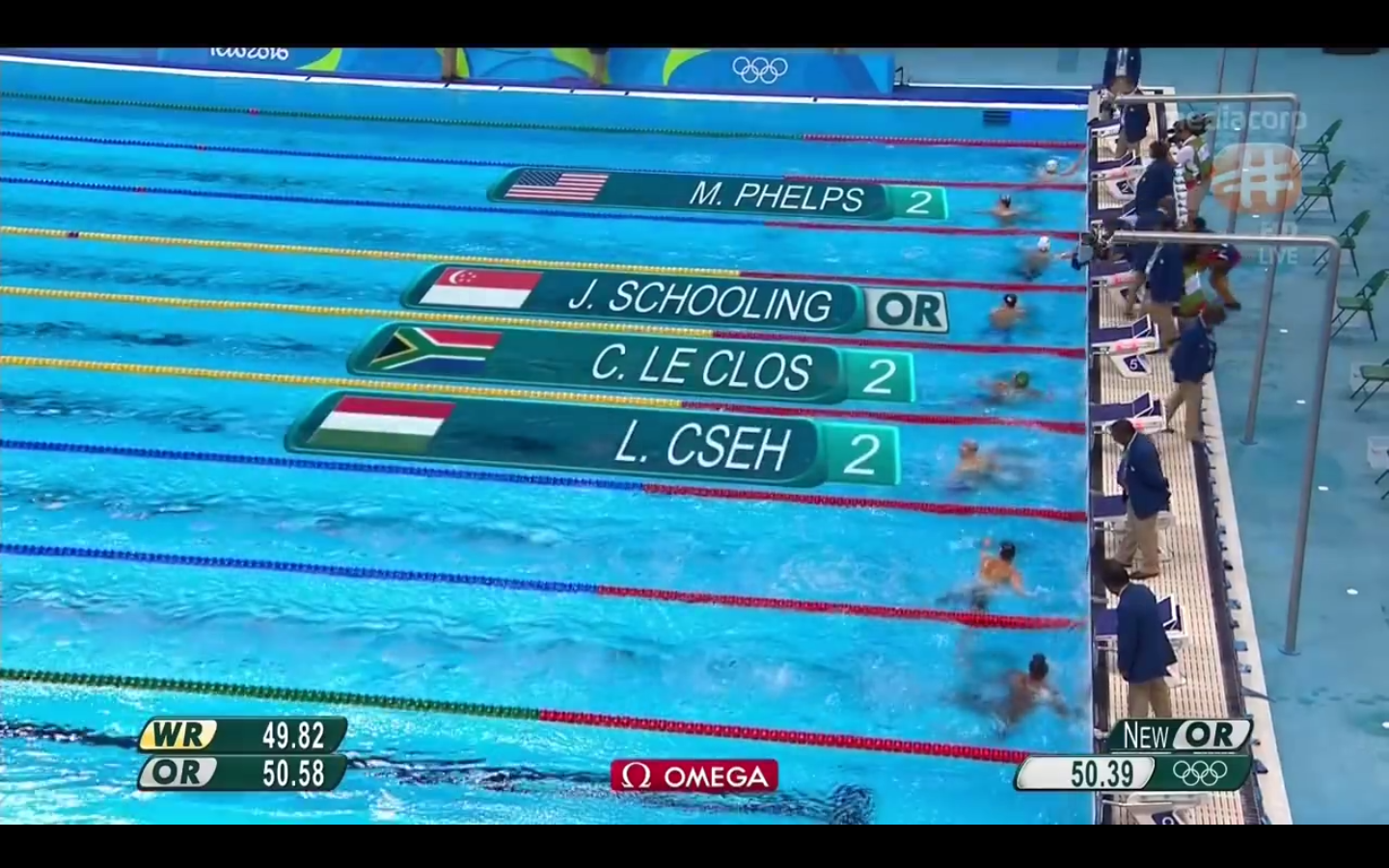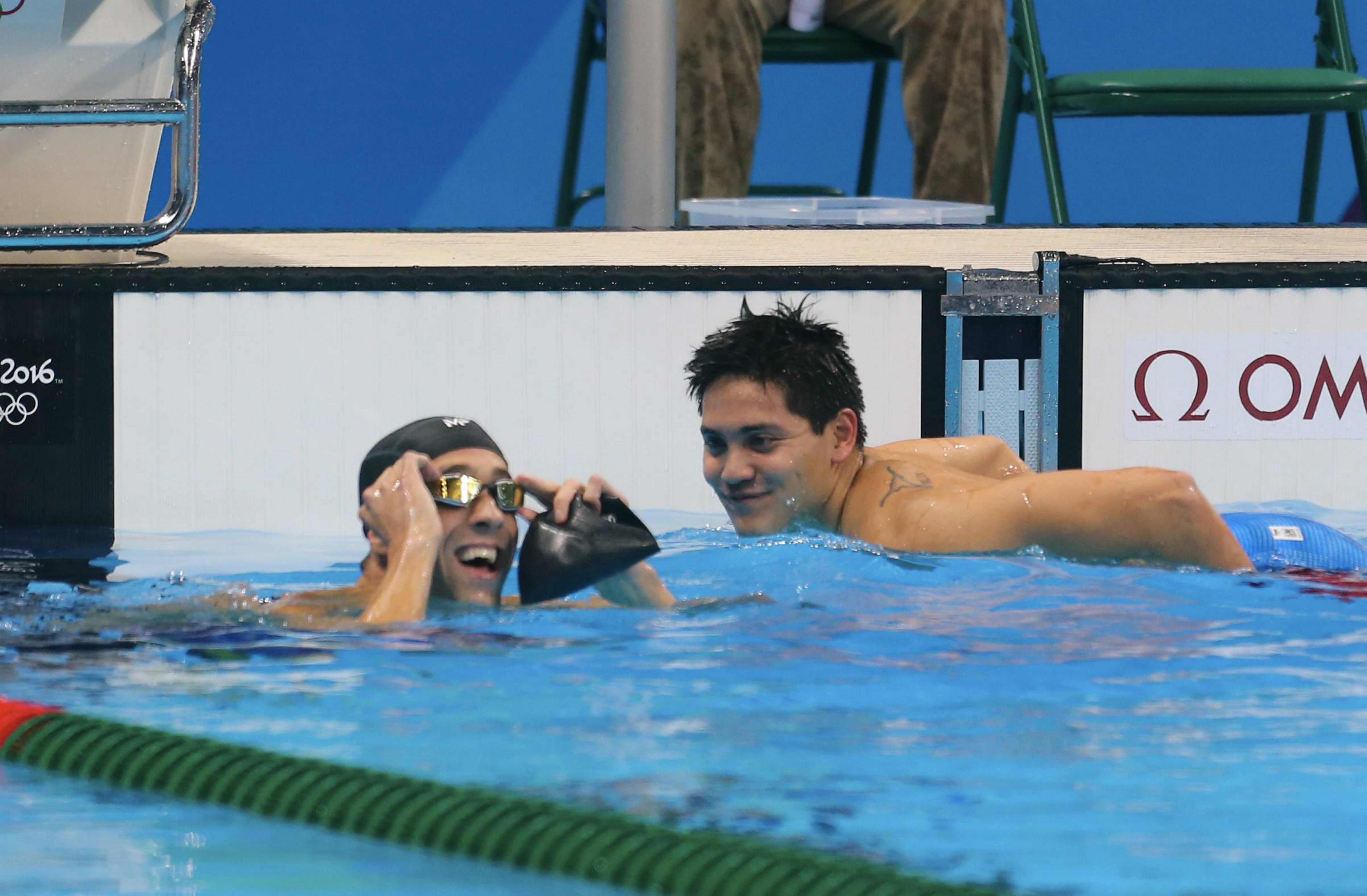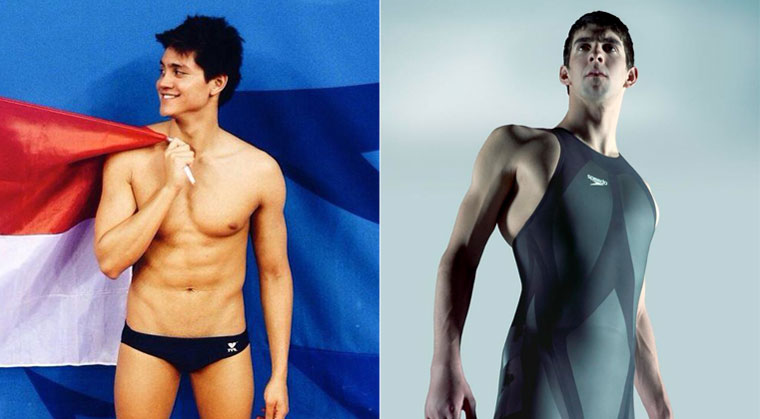Super fast Olympic champion Joseph Schooling set a new Asian and Singapore record in the men's 50m butterfly at the FINA World Championships in Budapest on Sunday, July 23.
The 22-year-old swam a time of 23.05s in his heat, a personal best.
This result means he beat his own Asian and national record set in August 2015 by 0.2s. This qualifies him in third place for the semi-finals.
The 50m fly competition record of 22.67sec is held by Milorad Cavic and was set at the 2009 edition in Rome. He swam it using the now-banned supersuits.
The world record of 22.43sec was set by Rafael Munoz in the same year at the Spain national championships in Malaga -- also in a supersuit.
Beating these results have been ruled out by Schooling, but he will next swim in the 100m and 200m butterfly, as well as the 100m freestyle events at the meet.
The 100m fly world record of 49.82sec was set by Michael Phelps at the 2009 Rome meet. This is the record Schooling is looking to smash.
Schooling has said his only focus is victory, which would give him his first gold at the biennial championships after he won a bronze in the 100m fly two years ago in Russia.
But can Schooling beat his idol Phelps' world record for the 100-metre butterfly without a supersuit?
[related_story]
Yes, he can
Michael Phelps still holds the world record for the 100-metre butterfly.
On Aug. 1, 2009, the American clocked an impossible timing of 49.82sec in Rome, Italy.
This is a video of that feat:
" frameborder="0" allowfullscreen="allowfullscreen">
He managed to pull off the fastest swim ever at a time when high-tech super suits were allowed in swimming competitions.
A controversial piece of human engineering that improves buoyancy and speed, super suits first made their appearance in 2008 and were used in the Beijing Olympic Games.
By the end of that year, over 100 new records had been set.
Super suits were eventually banned in 2010, as many regarded it as a form of "technological doping" that gave competitive swimmers an advantage previously not achievable by physical training.
And many of those records set, still stood. Phelps set world records in seven of his eight gold medal wins, wearing a full-body suit made partly of polyurethane.
Schooling setting his sights on new target
 Photo by Vaughn Ridley, Getty Images
Photo by Vaughn Ridley, Getty Images
Today reported that Joseph Schooling has been setting his sights on doing the near-impossible: To beat one of Phelps' timing set in a super suit.
And Schooling will be doing that without the help of any.
This is totally doable, according to those quoted in the piece who are familiar with Schooling and his training, despite the fact that the Singaporean swimmer, at 184cm, is 9cm shorter than Michael Phleps who stands at 193cm.
At Rio 2016, the 50.39s timing Schooling set in the 100-metre butterfly event to win Gold smashed the Olympic Games record of 50.58s, clocked by Phelps at Beijing 2008.

It was also the first time at Rio 2016 that Phelps, who won the 100m butterfly at the past three Olympics, had been beaten.
But can Schooling push himself further to shatter the 49.82s record Phelps set in 2009?
 Photo by Xavier Laine/Getty Images
Photo by Xavier Laine/Getty Images
Breaking down Schooling's swimming advantages, it was said he is propelled faster in the butterfly stroke due to his strong kick, despite his smaller body.
Based on footage of Schooling's swimming strategy, he is consistently ahead in the first half of the race as other swimmers fought hard to play catch up.
Natural ability
Schooling's natural ability also defies the common understanding in the competitive swimming community, where between the 1980s and 2000s, athletes with the same physical qualities as the top swimmers of the day were actively scouted. This meant that lanky swimmers with disproportionately wider wing spans were favoured.
But with greater understanding of fluid dynamics and biomechanics, swimmers such as Schooling have broken that mould, and these days, are going back to learning how to swim more efficiently, with the least resistance and energy expended.
Quoting Ryan Hodierne, a sport biomechanist at the Sports Science Centre at Singapore Sports Institute who worked with Schooling on his Olympic feat:
“Joseph presents with an unconventional stroke and kick rhythm for his butterfly. The coached and tailored timing of his two kicks within one stroke cycle allows him the efficiency and power to progress through the water at speeds similar or faster than his rivals in this particular 100m butterfly event."
[...]
“In recent years, now that the suit has gone out of the equation, athletes look a lot leaner, and you see a lot of smaller athletes producing on the world stage. The focus has changed a lot more to technical prowess as opposed to physical prowess.
“I think for Joseph now the focus can be looking at his stroke to see how we can manipulate different elements to make him even faster in the pool.”
Schooling will be focused on this target: Breaking the world record for the 100m butterfly.
If he does do so eventually, he would have beaten both god and science
Until then, that would be a feat no one in Singapore or the rest of the world has yet done.
Schedule of Schooling's events at the FINA World Championships in Budapest available here
Here are totally unrelated but equally interesting articles:
4 real life versions of comic book superpowers you used to read about in your childhood
17 acronyms you need to know before turning 25 to get ahead in life
If you like what you read, follow us on Facebook, Instagram, Twitter and Telegram to get the latest updates.
